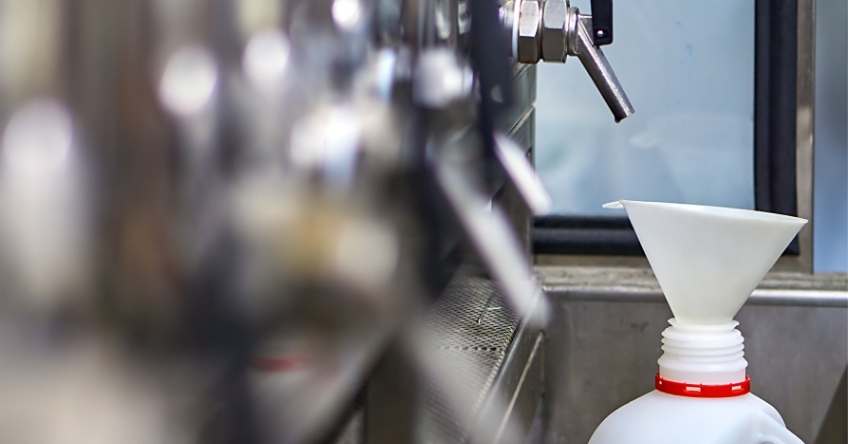The Chemistry of Fruity Wines

Are you looking for fruity wines?
Winemaking and fruity wines are some of the earliest techniques known to culture. It is among the most commercially famous biotechnological procedures. (Moreno-Arribas and Polo, 2005; Joshi et al., 2011a), including alcoholic fermentation. Of all of the classic wines, red wine is often touted as beneficial for human health, abundant in several health-promoting compounds such as polyphenols.
Fruity wines
Grapes aren’t the only fruit that may be made into wine.
In summary, winemaking is the effect of a range of biochemical transformations caused by the action of many enzymes from several germs, particularly yeast, which carry out an essential part of alcoholic fermentation (Amerine et al., 1980; Moreno-Arribas and Polo, 2005).
Lactic acid bacteria also promote a secondary procedure, called malolactic fermentation, accountable for reducing the high-acid wines’ acidity (Bartowsky, 2011). A range of enzymes originating from the fruit, yeast, and lactic acid bacteria or people from contaminating microorganisms are involved in various steps of winemaking. Commercial enzyme preparations like pectin esterase or amylolytic enzymes are frequently used as supplements.
Many modifications involved with alcoholic fermentation processes result from several biochemical reactions and the end products formed, which have been studied since the pioneering research of Louis Pasteur about 140 years ago (Amerine, 1985; Amerine et al., 1980; Rana and Rana, 2011). In yeast-based alcoholic fermentation, the yeast uses the sugars and other components of grape juice, or for that matter, any fruit juice, for its development, converting them into ethanol, carbon dioxide, and other metabolites (Goyal, 1999; Rebordinos et al., 2011).
A comprehensive understanding of yeast growth and the chemistry of fermentation involved is essential since it is essential to winemaking. Wine preparation is a conventional procedure, yet several improvements have been made on several facets of the procedure. However, the improvements made in the second half of the 20th century have demonstrated that fermentation of fruit has to and the production of quality wines isn’t relatively as straightforward as the procedure as detected by Pasteur (Moreno-Arribas and Polo, 2005).
Since 2005, great strides have been made in understanding the chemistry and interactions of yeast, lactic acid bacteria, and other microorganisms during the winemaking process that have benefited winemakers from creating high-quality Barolo wines.
It’s pertinent to say that non-grape wine’s groundwork is essentially like that from grapes, so the chemistry of alcoholic fermentation, or for that matter, malolactic fermentation, and related characteristics, would remain the same.
Differences in many components would be there due to the differences in the composition of the particular fruits used.
While the history of non-grape wines might not be as long or as prestigious as that of grape wines, they’re gaining more modern notice as more focus has been given to the publication assortment of commercial opportunities and health advantages of fruity wines have (Rupasinghe and Yu, 2013; Rupasinghe et al., 2012). Studies were exploring the health-promoting and disease-preventing possibility of foods.
They have proven that, compared to grapes, other fruits such as
- blueberries
- blackberries
- black currants
- cherries
- cranberries
- crowberries
- elderberries
- raspberries
- lingonberries
- sea buckthorn
have comparable or even higher flavonoid and phenolic content (Dey et al., 2009; Thilakarathna and Rupasinghe, 2012).
Berries have a wide assortment of dietary phytochemicals with potent antioxidant capacities. Recently, increased interest in human health, nutrition. Disease prevention has expanded customers’ demand for functional drinks. Depending on the origin of the fruit, they were thus expanding the market for non-grape fruit wines.
Globally, grape wine has become the most common fruit-fermented alcoholic drink, followed by apple cider and many other commonly consumed cool-climate fruit wines. Such fruit wines have been served in moderate amounts as dessert wines and are known as a natural source of essential minerals and many bioactive phytochemicals (Joshi, 1997; Soni et al., 2011; Joshi et al., 1999b).
Summary of fruity wines
While there are many reviews on makeup, bioactive phytochemicals, and grape wines’ physiological effects, limited studies have been conducted to assess health-related significant elements of fruity wines produced.
